Business Process with Office 365

Office 365 implementation was always with exciting things, organizations should typically spend some time looking at their existing business processes to identify various ways that office 365 can help them.
Cross Platform using Xamarin Forms

When everything is just on your touch and so you can get it very easily. The World with lots of Apps making our life easy and with lots of apps we have various Mobile Development Platforms.
Azure Web Apps in Industries
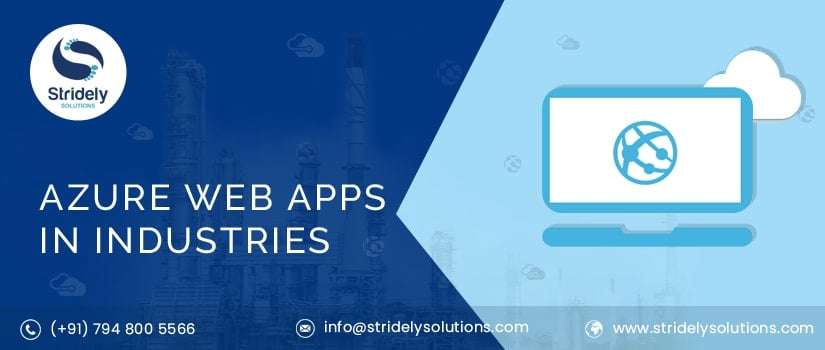
Microsoft had always been more than it is, talking about MS Azure has become a need, rather than a requirement. Cloud computing is all about services like servers, databases, software, storage, analytics, and more over the cloud.
The Latest Blockchain Trends

The Word Blockchain is the trend and yes, the technology as well but the hot topic in market so calling the word blockchain a trend doesn’t sound that awkward. This is the biggest development of time that industries are hitting over past few years. People are being confusing in between cryptocurrency and blockchain, but it’s being different.
Myths About Digital Transformations
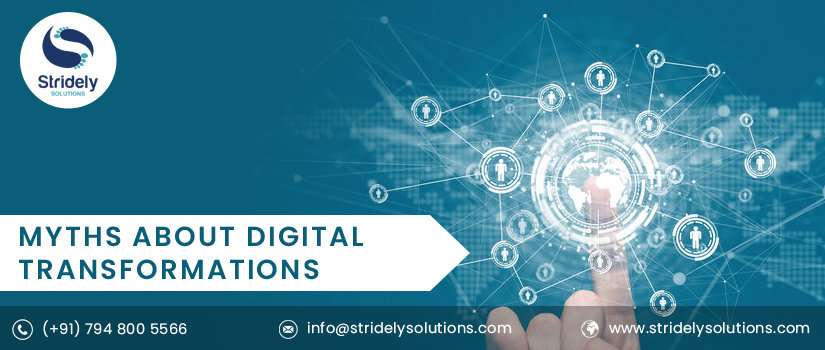
Digital Transformations is not just the change, but I would like to say different perceptions. The promised result is the expectation of all the organizations in the path of innovation, profits and processes.
Do you really understand Cloud Storage?
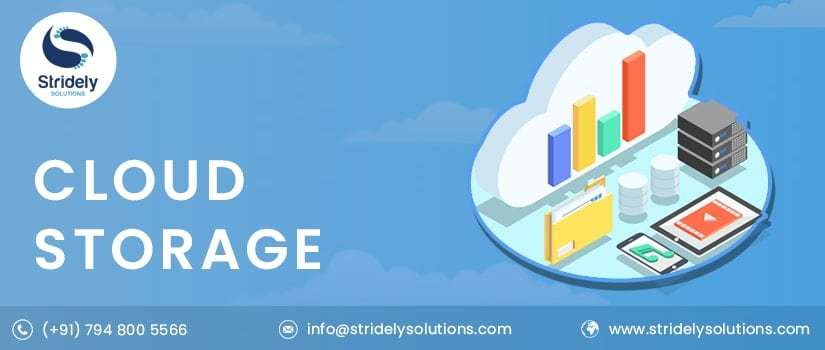
What does it come when you listen this word? Do you really understand what it can do? I think everyone has a different perception about this? Let me just show what exactly it is!
Latest CRM Trends

IT industry is like an engine for the companies as helping them to grow. To make it more effective customer relationship management CRM is playing an essential role. Implementing CRM plays a major role with many benefits.
Utilities with Chatbots & AI

Utility sector is growing with one of the most impactful step by innovating more into technologies like automation, AI and advanced analytics. The sector is developing by being one of the innovative sector.
Why Application refactoring is so important?
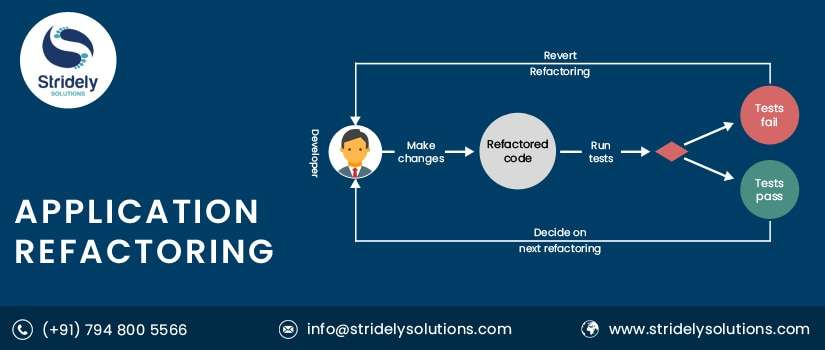
Refactoring is basically restructuring or altering the internal code of a program. It tends to improve the overall quality of the code base so that it can become easier to maintain, improves its readability, and can extend over time.
Do you really evaluate the self-service BI tool for your Business
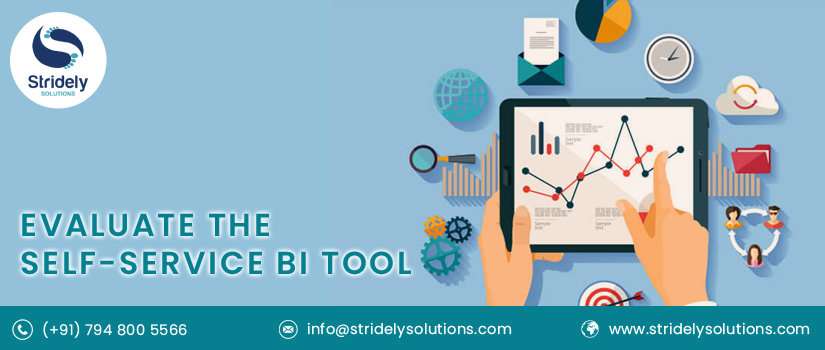
I remember about the time when the BI systems were much like traditional system, where once it was installed and then made run, the managers or executives had to wait for weekly or monthly business reports.

